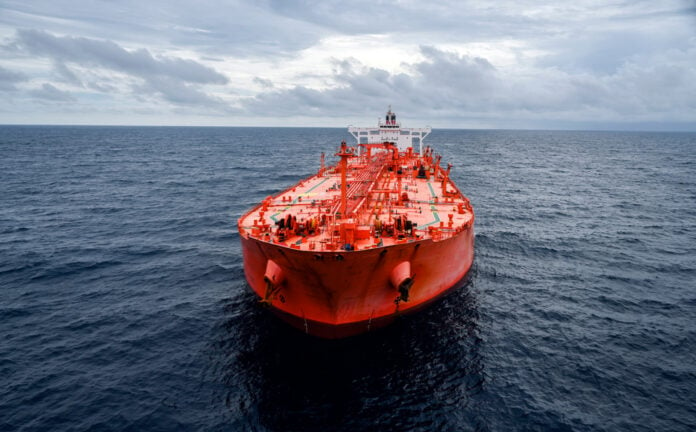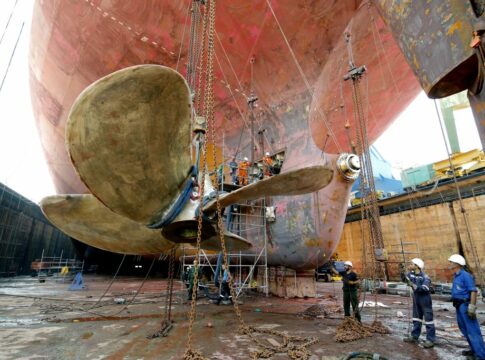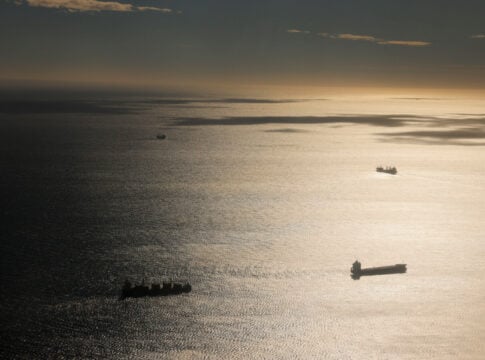Clarksons in its weekly report gave a positive sign for the tanker industry in 2025.
In its latest report, UK-based Clarksons said that good conditions in the tanker market will continue into 2025.
The crude sector should remain stable and possibly strengthen.
Demand for capacity is estimated to rise by 3% next year as crude trade volumes recover as Opec+ cuts ease, while the fleet is expected to grow by around 1%.
Regarding product tankers, Clarksons gave two scenarios.
There could be “some easing” next year, with fleet growth expected to accelerate to 5%, driven by deliveries, coupled with a possible de-escalation of tensions in the Red Sea.
The report highlighted that the product tanker fleet could see another year of relatively steadier growth in 2026 of around 5%, while crude oil tanker growth could be limited to 2%.
Conditions remain positive, with seasonal trends expected to lead to improvements from current market levels in the second half.
“While some easing was seen over the summer, conditions remain firm in the crude and product tanker markets as a whole, with average tanker earnings down 12% from June to 39,462 dollars per day.”
VLCCs fell below 25,000 dollars a day in mid-July amid impacts from seasonal trends, weaker Chinese crude imports and Opec+ cuts, they noted.
Oil product tanker earnings are still strong, averaging 35,699 dollars per day in June, 63% above the 10-year average.
Clarksons predicted that demand will grow by 5.6% this year, with support mainly coming from rerouting ships around the Cape of Good Hope.
According to Pareto Securities, in the first half of 2024, freight rates for product tankers of the LR2 type have reached the limit of 60,000 dollars per day, while the smaller MR1s at 38,000 dollars per day, on average.
In both cases they are at their highest levels since 2005.














